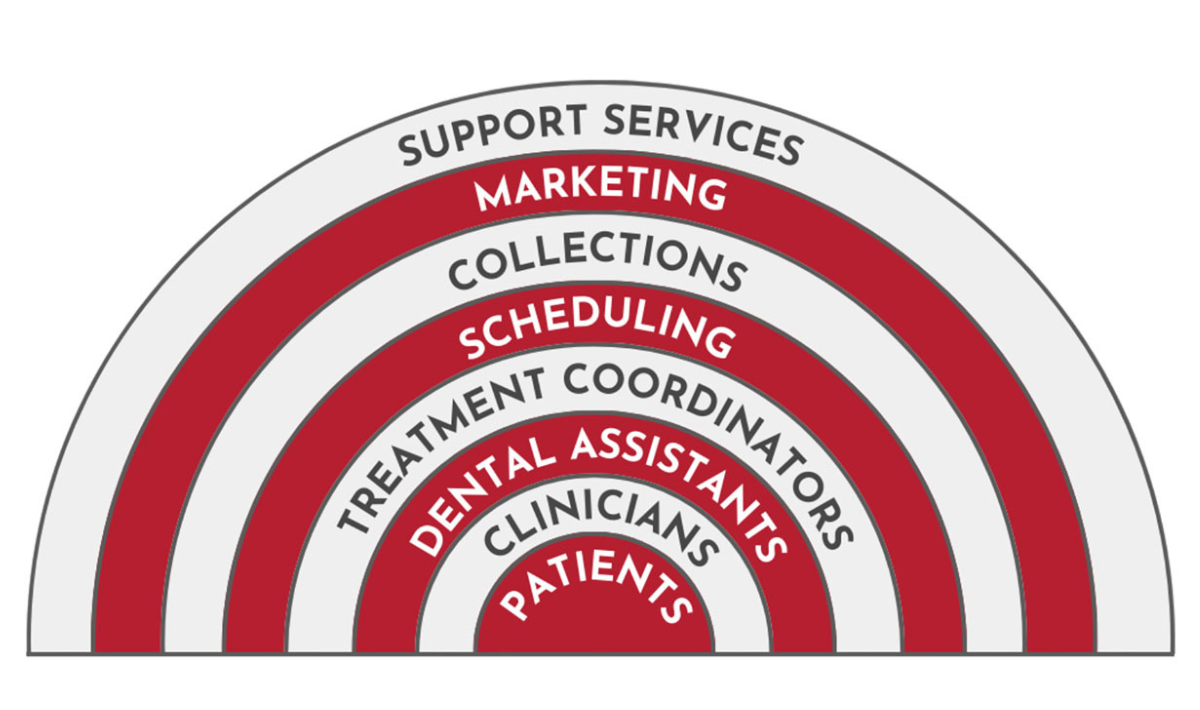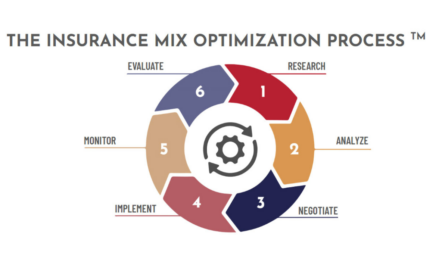How to use prioritization to improve project management efforts over the next six months.
One of the hardest things a leader must do is decide how to prioritize the ideas generated from team members. Leaders would be the first to tell you all their ideas are great, but they may not be great for this precise moment. That is where prioritization comes in! Not every project is a priority, even though your leadership team might think so. Without a process for prioritization, it can be easy to fall into chaos.
Project management organization is a critical component of running a successful dental practice. As your team continues to ideate, develop, and plan various projects throughout your organization, you need to ensure that each project is categorized and organized in a way that makes sense to each team member.
The DEO has a process for implementing prioritization within your dental practice, giving your team a better chance to get results over the next six months. In this article, we will describe the process for prioritizing projects for your team, bringing clarity to your operations, and streamlining your processes.
The importance of prioritization
Essentially, prioritization comes down to arranging your projects based on the overall importance of each to the business. While your leadership team can produce unlimited ideas for projects, it takes a little bit of work and planning to ensure that the most important projects get done first.
Timing has a lot to do with prioritization as well! When you are considering new projects to launch on the horizon, ask yourself these questions: How is this project going to affect your productivity? How is it going to affect your bottom line? Is it going to improve your patient’s overall experience? Will it move your team from chaos to momentum?
Initiating a prioritization protocol could be the thing that saves your organization time, money, and resources. Project management often lacks the clarity and focus needed to deliver results, which can cause confusion and waste valuable time down the road.
Using a customer stack to prioritize
Implementing a system for your prioritization process is critical to your success in this area. As you think about your projects, one of the things that the DEO team has found useful is a customer stack. When you are looking for a return on your investment, it can be difficult to guess how much you are going to get back for your effort. Sometimes, it is not clear whether you will get $200 or $200,000 back, so you need to look at other factors.
With the customer stack, you are moving through all the layers of your operation to see how each project impacts each layer. Different projects will affect different layers, and some projects will affect multiple layers in different ways. Work through each project using the customer stack to identify who is the most affected, ranking them by highest and lowest priority.
Think of the customer stack as a ranking of priority levels from highest to lowest: patients, clinicians, dental assistants, treatment coordinators, scheduling, collections, marketing, and support services.
First off, you need to consider how it is going to impact the customer experience. If so, that will move it up on the priority list. Your patient experience can make or break your organization, so they are a highly important part of the equation.
After that, consider how the project is going to affect your clinicians. If you own a DSO, the clinicians are your customers, and the patients are the customers of your clinicians. You need to be sure that you are taking care of your dentists and your hygienists so that they can take care of their patients.
Alternatively, if you have a printer that goes out at the front desk, that would be put towards the bottom of the priority list. While it is important to have a working printer at the front desk of every location of your DSO, it is not going to completely derail the operations of your organization. It is much more important that the organization gets fixed before the printer gets fixed.
Deciding what is valuable
Even if you and your team have gone through the customer stack to prioritize your upcoming projects, how can you decide which projects are valuable to your organization? There are plenty of different factors to consider, but the most important identifier is value.
High-value projects are projects that are likely to do the most good for your entire organization – this can be a new facility, new hire, new protocols, new tools, etc. Essentially, these are things that will greatly impact and improve the lives and workflow of your team members, from clinicians to the front desk.
Low-value projects are those that are not likely to do the most good, and maybe should not even be considered as a project for your organization. You will likely know these when you see them, and it is important to identify what about the idea that does not work. Open communication and transparency are key here, as you want to ensure that everyone understands the goals of prioritization.
Deciding what is valuable for your organization may not be easy, but it’s the best thing you can do for your team and your organization. Populating ideas for projects is the simple part; it is how you decide to act on those ideas that can create challenges for you and your team.





